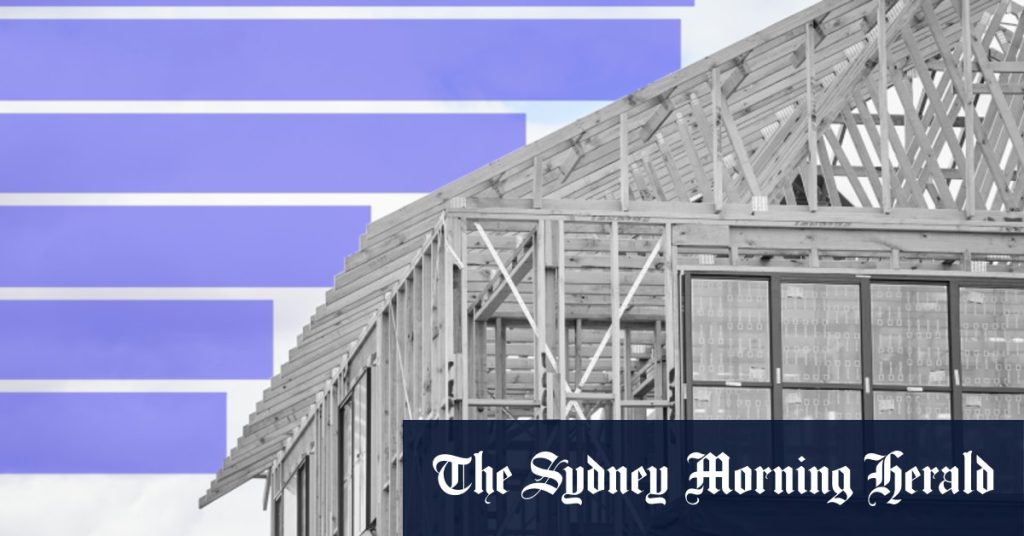The number of new homes in Sydney that have been approved but not started has reached a five-year high due to construction bottlenecks exacerbating the city’s housing supply crunch. Despite strong population growth and claims of a housing crisis, the backlog of unstarted dwellings increased by 18 percent to over 12,000 in the year leading up to June. According to analysis by KPMG, nearly 10,000 of these stalled homes are townhouses and apartments, making up 82 percent of the total.
There is typically a delay between when housing is approved and when construction begins, but Sydney has an unusually high number of unstarted projects due to various challenges such as elevated construction costs, labor shortages, higher interest rates, and business insolvencies. Terry Rawnsley, an urban economist at KPMG, highlighted the financial obstacles facing high-density developments in Sydney. The construction sector in New South Wales has been particularly impacted, with the highest level of construction cost increases and rising interest rates compared to other states.
Sydney stands out among other Australian capitals with a higher proportion of multi-unit housing, with 45 percent of dwellings being townhouses or apartments compared to about 30 percent in Melbourne. Rawnsley noted that the Sydney market is more focused on higher density housing, but many major developments in this sector are currently not financially viable. This has resulted in a significant number of stalled projects waiting to move forward, leading to what he referred to as a pool of “zombie projects.”
The challenges in the construction sector have contributed to the delay in starting new housing projects in Sydney, impacting the overall supply of homes in the city. This situation is further exacerbated by the high demand for housing due to population growth, putting additional pressure on an already constrained market. The combination of increased construction costs, labor shortages, and rising interest rates has made it difficult for developers to move forward with new projects, leading to a backlog of unstarted dwellings.
As the backlog of unstarted homes continues to grow, there is concern about the impact on the overall housing market in Sydney. The lack of progress on these projects could potentially worsen the housing supply shortage and further drive up prices, making it even more challenging for residents to find affordable housing options. Government intervention and policies aimed at addressing the issues plaguing the construction sector may be necessary to help alleviate the housing crisis in Sydney and ensure that new developments can move forward in a timely manner.
In conclusion, the high number of approved but unstarted homes in Sydney highlights the financial challenges facing developers, particularly in the high-density housing sector. The construction sector crunch in New South Wales, driven by cost increases and other factors, has resulted in a significant backlog of projects waiting to commence. The implications of this backlog on the housing market, in terms of supply and affordability, underscore the need for targeted interventions to address the issues hindering the progress of new developments in Sydney.













